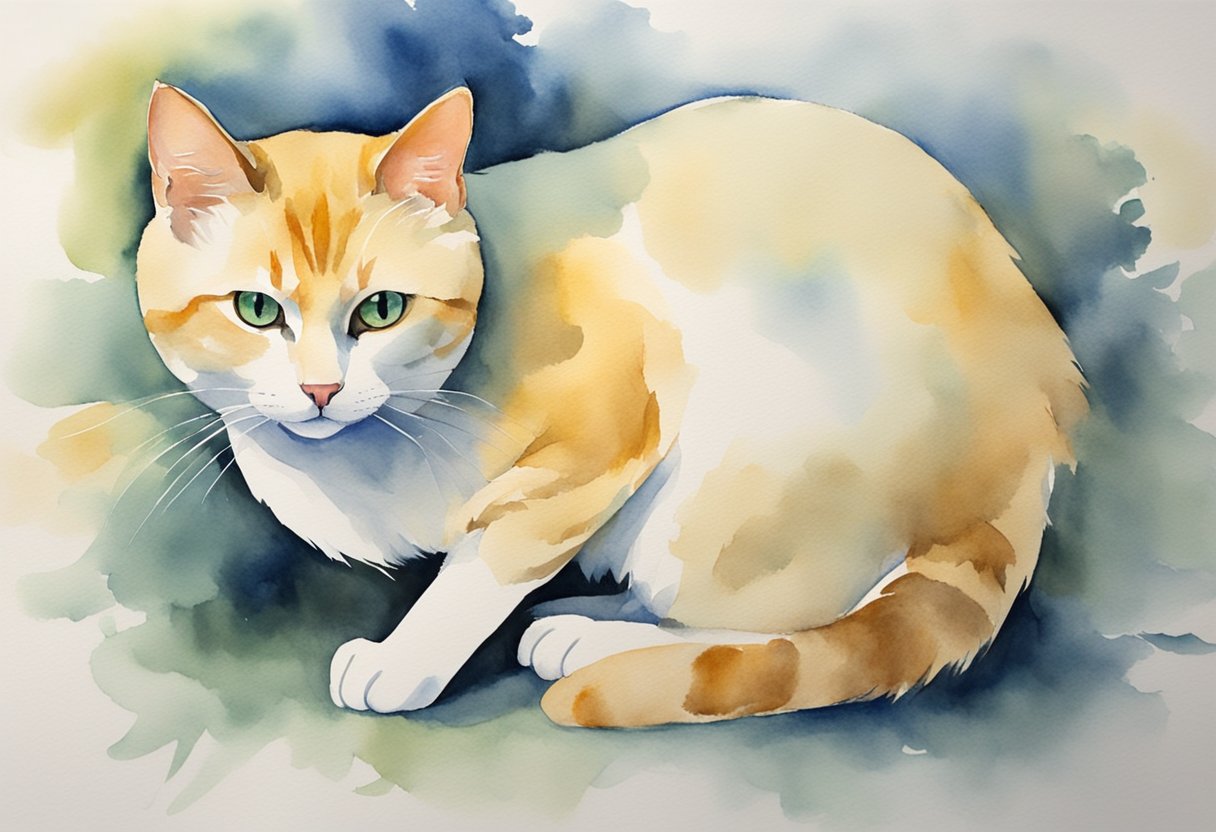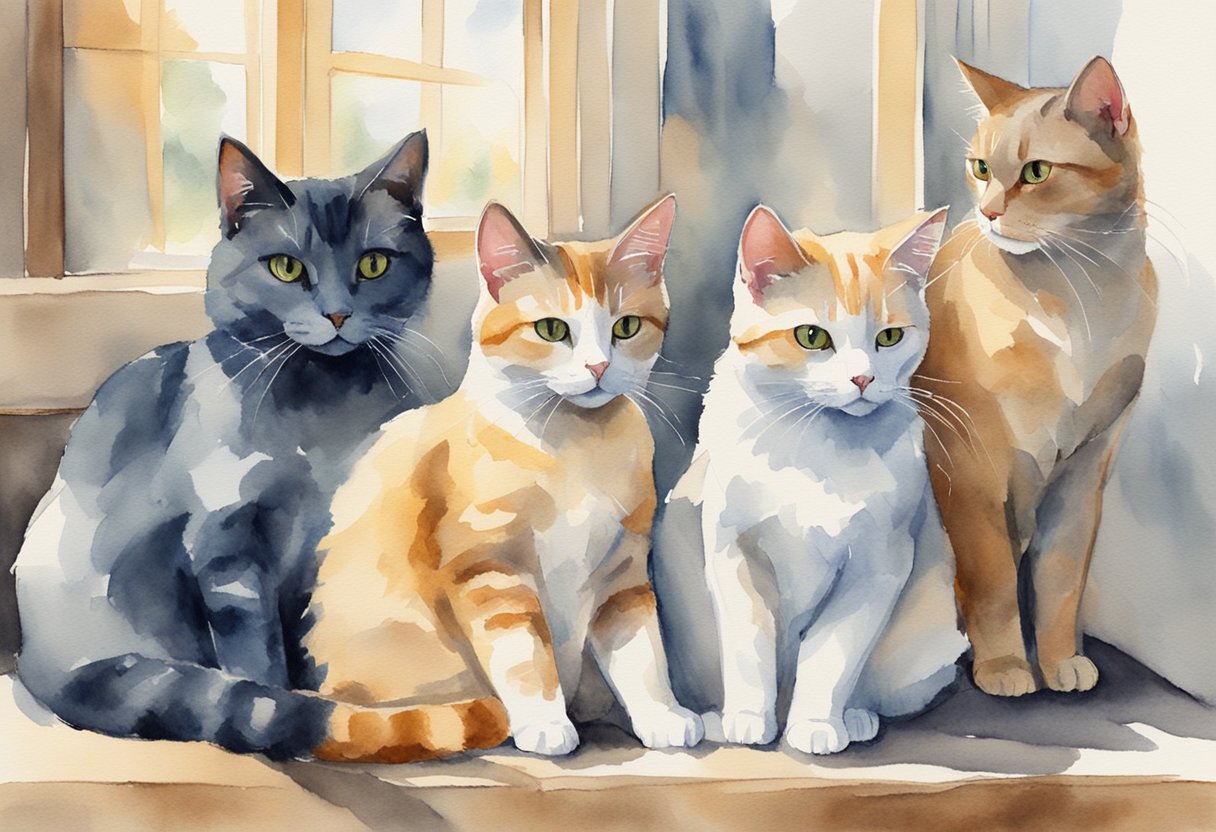Cats do indeed try to copy you, and it’s not just a quirky anecdote among cat owners. If you’ve ever noticed your feline friend attempting to swipe at your smartphone screen after watching you do it or following you from room to room, adopting similar relaxation postures, these behaviors are examples of your cat imitating human actions.
Your cat’s inclination to ‘copycat’ could be based on their social nature spurred by domestication; they engage with humans daily, which allows them to observe and adopt various behaviors.

This tendency to mirror behaviors is not wholly understood, but it stands as a fascinating aspect of feline social learning, an area that continues to intrigue researchers and cat enthusiasts alike.
Through observational learning, your cat may pick up on subtle cues and mimic them, like sitting in boxes after observing you unboxing items or even meowing in patterns that resemble the tone of your voice.
While science is still unpacking the depth and rationale behind this imitation, it reveals how deeply interconnected our lives with our cats can be.
Cats and Their Relationships with Humans

Cats often display a range of behaviors that reflect their close relationship with humans.
The Science of Cat Mimicry
Within the sphere of animal cognition, cats exhibit observational learning which is sometimes showcased through mimicry. Scientific studies suggest that cats can have mirror neurons similar to humans, enabling them to imitate certain actions they observe.
Kittens learn key skills by watching their mother, while older cats might develop habits through social learning within a human environment.
Bonding with Owners Through Copying Behaviors
Your feline friend may demonstrate a special bond by copying your routine or actions, an affectionate nod to their trust in you as their owner. By incorporating socialization activities that align with their natural behaviors, you’re likely to strengthen your social bond.
For instance, when you initiate play, your cat may participate by imitating the way you move toys or even try to involve themselves in your daily tasks.
Communication and Behavioral Imitation
Cats and humans communicate in various ways, ranging from vocal mimicry to subtle body language cues. A cat may mimic the interaction patterns of its owners as a means of fitting into the household’s social structure.
The social bonds between cats and humans can be deeply enhanced by mutual understanding and respect in communication, which often involves a cat’s ability to pick up on and imitate human gestures and sounds.
Influence of Environment and Routine on Imitation
The environment plays a pivotal role in shaping a cat’s behavior and its tendency to imitate. Consistent routines help cats understand their interaction with the world, leading to more predictable behaviors that often reflect their owners’ habits.

My name is James, and welcome to FAQCats!
Along with our team of cat owners, expert pet enthusiasts, and pet professionals, we aim to write engaging helpful, engaging content about cats. At FAQCats we strive to provide content that’s accurate and fun to read. Our team writes about everything related to cats; even the most complex of topics. Through extensive research and caring for our own fur-pals, we’re able to provide something cat owners worldwide will love. Have a look around, and leave us feedback anytime!

